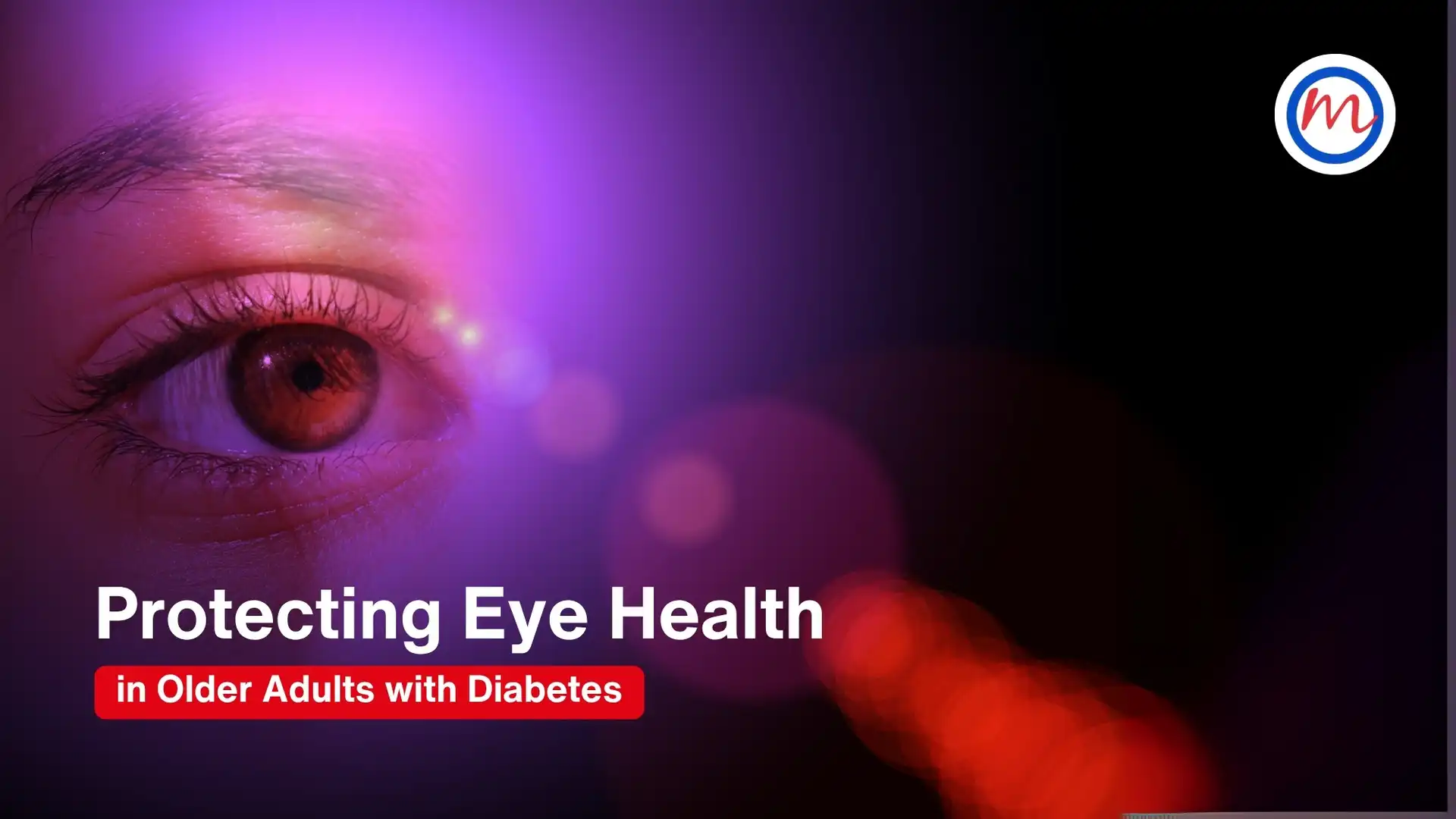Protecting Eye Health in Older Adults with Diabetes
Introduction
As we age, our risk for vision problems increases, and for older adults living with diabetes, this risk is even more significant. Eye health in older adults with diabetes is a growing concern, as diabetes-related complications like diabetic retinopathy, cataracts, and glaucoma are more common in the elderly. However, most diabetes-related vision problems are preventable or manageable with timely care. This article outlines simple, effective strategies to help seniors with diabetes protect their eyesight.
How Diabetes Affects Eyes in Older Adults
Diabetes impacts blood vessels throughout the body, including those in the eyes. In seniors, this damage may occur faster and with more severe consequences due to age-related degeneration. Common eye problems in older individuals with diabetes include:
- Diabetic Retinopathy: Damage to the blood vessels in the retina, which can cause blurred vision and even blindness.
- Cataracts: Clouding of the eye lens that progresses more quickly in those with diabetes.
- Glaucoma: Increased pressure in the eye that can damage the optic nerve.
These conditions can lead to permanent vision loss if not detected early.
The Importance of Annual Eye Exams
An annual comprehensive eye exam is critical for older adults with diabetes, even if there are no current symptoms. Many eye diseases begin silently, without pain or early signs.
During the eye check-up, doctors can:
- Examine the retina for early signs of diabetic retinopathy
- Check for signs of cataracts or glaucoma
- Measure intraocular pressure
- Advise if more frequent exams are necessary
A dilated eye exam can detect problems before they affect vision.
Blood Sugar Control and Eye Health
Maintaining stable blood glucose levels is one of the most important ways seniors with diabetes can protect their eyes. Fluctuating blood sugar can cause temporary blurring of vision and long-term damage to the retinal blood vessels.
Tips for better sugar control include:
- Following a balanced, diabetes-friendly diet
- Monitoring blood sugar levels regularly
- Taking medications or insulin as prescribed
- Staying physically active, such as walking for 30 minutes daily
Explore these lifestyle tips for diabetes management to help maintain steady glucose levels.
Managing Blood Pressure and Cholesterol
High blood pressure and cholesterol often accompany diabetes, especially in older adults, and can increase the risk of eye damage. Managing these conditions reduces stress on the eye’s blood vessels.
- Take medications regularly as prescribed
- Limit salt and unhealthy fats in the diet
- Monitor BP and lipid levels during regular check-ups
Protecting Eyes with Healthy Habits
In addition to clinical care, adopting simple daily habits can go a long way in preserving eyesight:
- Wear sunglasses to protect against UV damage
- Quit smoking, which accelerates vision loss
- Use good lighting at home to reduce strain
- Rest your eyes during screen time or reading
- Stay hydrated to support tear production
Encourage seniors to speak up if they experience symptoms like floaters, sudden vision loss, or pain — these could signal a serious issue.
Family Support and Awareness
Family members play an important role in reminding older adults to attend check-ups and take medications. Gentle reminders and assistance in transportation to the eye clinic can make a big difference in consistent care.
You may also want to explore this article on the importance of diabetes education and family support.
Conclusion
Vision is essential for maintaining independence and quality of life in older adults. With regular eye exams, good blood sugar control, healthy lifestyle practices, and family support, seniors living with diabetes can significantly reduce their risk of vision problems.
Encourage older adults in your family to prioritise their eye health. Early detection and prevention are the keys to keeping sight strong and steady, even with diabetes.



